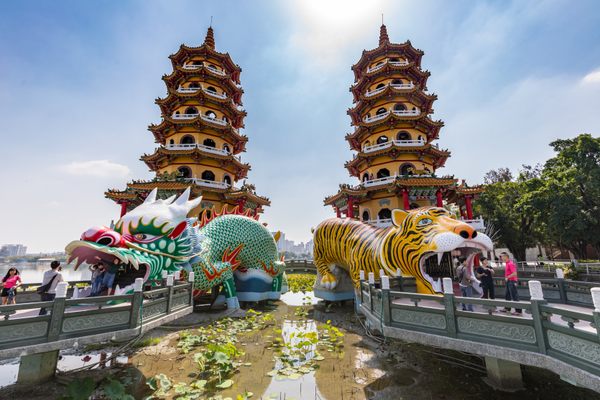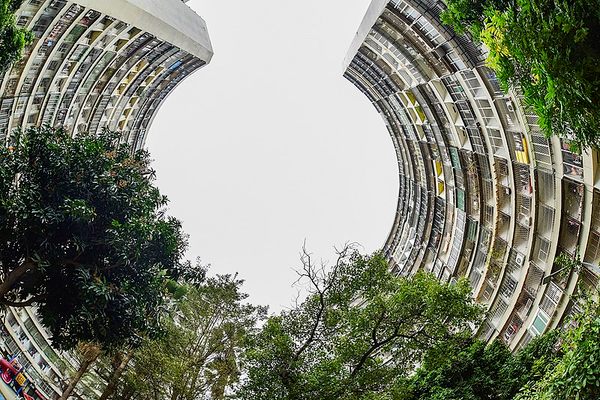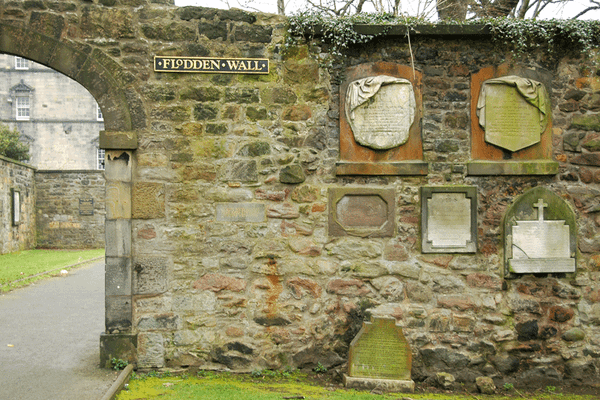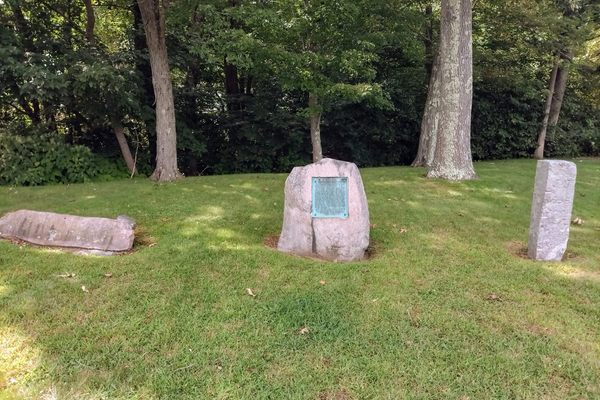AO Edited
Fongshan Old City
Taiwan's first stone fortress is also the best preserved Qing Dynasty-era city on the island.
In Zuoying District, Kaohsiung, just south of the district’s most popular tourist site, the Lotus Lake Taoist Complex, the remains of an ancient wall surround an idyllic park. All that remains are three of the four gates and portions of the eastern and northern walls, thick crenelated structures made of concrete, granite, and coral stone.
Defensive structures have existed in the area going back to 1722. The area had been a county seat since the Qing conquest of Taiwan from Zheng Keshuang, grandson of the pirate lord-turned-dynast Zheng Chenggong (Koxinga) in 1683. However, building walls was initially forbidden, in order to avoid providing any potential rebels with a fortified stronghold. But this policy also left the city vulnerable to attack and Zhu Yigui’s rebellion in 1721 easily sacked the city. Once the Qing Dynasty suppressed the rebels it reversed its ban on defensive structures and built the city’s first wall, made of mud, with a surrounding moat.
These defenses proved insufficient during Lin Shuangwen’s rebellion in 1787, when the city was again sacked and the walls were destroyed. Afterward, officials thought the site unlucky and moved the county seat to a new location. Not until a third rebellion in 1824 was the county seat returned to the original location. This time, government officials raised money through donations from the local population and used the proceeds to build the stone fortifications that can still be partly seen today. The city became the first stone fortress on the island; though the Dutch and Spanish had built forts in Taiwan as far back as the 1620s, those were made of wood or brick.
During the Japanese colonial period, portions of the fortified city were destroyed, including West Gate. After Taiwan was turned over to the Republic of China (ROC) in 1945, the area was used to house a military dependents’ village for ROC military personnel and families who fled the communist advance on the mainland.
Nowadays, however, the walled city is a protected historical site. A walkway passes under East Gate and a road under North Gate. South Gate sits in the middle of a traffic circle.
Know Before You Go
The city ruins are free to wander any time of the day, but if you wish to visit the Center of Old Fongshan City History, housed in the park north of East Gate, admission is 49 NTD. Its hours are 11 a.m. to 5 p.m. Tuesday through Friday and 10 a.m. to 6 p.m. weekends. Though small, admission comes with a video introduction to the city's history and a VR component.





















Follow us on Twitter to get the latest on the world's hidden wonders.
Like us on Facebook to get the latest on the world's hidden wonders.
Follow us on Twitter Like us on Facebook